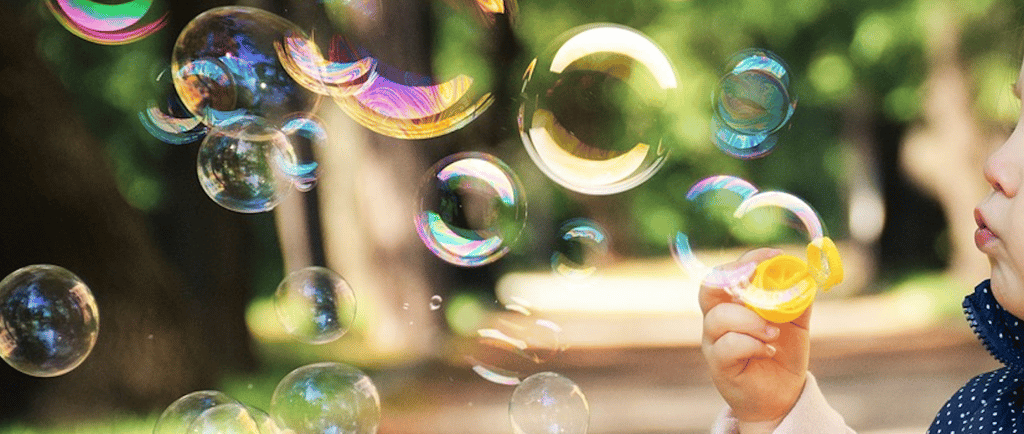🌬️The Department of Respiration – Oxygen’s Path Through Body Nation 🫁🌍
🫀 A follow-up story series inspired by The Great River in chapter The Human Body from the Biology Album. 🌊✨ In our first story, we imagined a great nation—our own body—through which a mighty river flows. The Great River🩸 🌊💉⚙️ Children are invited to meet cells with special jobs, follow messengers, defend borders, and discover how food, oxygen, and signals travel across the land of the body. 🧬💪 This series encourages children to see the human body as an interconnected community—and research further: “How the body knows when to rest and when to work harder? 💤🏃♀️What would happen if two departments didn’t do their job for just one day? 🧩⏳
BIOLOGY STORIES
10/31/20243 min read


The other day we talked about the Department of Defense 🛡️, which protects us from invaders, and also for the Department of Nutrition 🍎, which delivers essential fuel to every cell. Today, I have another story for you about a department that’s also part of the Great River 🩸🌊.
But before I begin, take a deep breath. Do you feel the cool air filling your lungs? 🌬️ That’s thanks to the Department of Respiration—a team that ensures every cell in your body gets oxygen from the air. This oxygen is needed to keep you moving, thinking, growing, and even resting. My story today reveals the secrets this department hides!
Each time you breathe in, the Department of Respiration—our lungs—jumps into action. Inside your lungs a tiny helpers called alveoli 👏 al-vee-oh-lie 👏 grab oxygen from the air. The word alveoli comes from the Latin alveolus, meaning “little hollow,” . Each alveolus ( singular ) has a shortcut to the Great River—the bloodstream 🩸🌊. Once in the bloodstream, oxygen hops onto special delivery cells called red blood cells ❤️, which act like tiny delivery trucks. These red blood cells travel through the Great River, delivering oxygen to every corner your body: muscles 💪, brain 🧠, heart 💖, and even your fingers and toes.
Remember the last time you was very sick. When you are sick it’s harder for the alveoli to do their job. Invaders like germs can enter and invade these little hollows 🫁, making the collecting of the oxygen almost impossible. This is when the Department of Defense 🛡️ sends immune cells to trap these invaders in sticky mucus. When you try to take a deep breath while sick, your body might respond with a cough—a powerful way to clear out the mucus with the trapped germs inside. Coughing is a natural defense to help protect and clear the alveoli. Sometimes, you might also sneeze—this is another powerful way our bodies tries to get rid of germs.
But cells don’t just take in oxygen—they also release a small amount of waste called carbon dioxide. The Department of Respiration (our lungs 🫁) then carries this waste back up to be breathed out each time we exhale. The name carbon dioxide comes from the Latin word carbo, meaning “coal”. And here’s something amazing: the same carbon dioxide we breathe out as waste is exactly what plants need to make their own food! 🌱
I wonder about animals and their "Departments of Respiration" 🌬️✨. How do animals that live in water breathe? How might their respiratory systems work to get oxygen from water? 🐟
Questions to wonder aloud 🧐
What happens if a cell doesn’t get enough oxygen? 🧩
Can you think of activities, like singing 🎤 or running 🏃, that make you breathe faster? What do you think the Department of Respiration is doing during those times? 🌬️💨
Possible Follow up projects :
Breathing System Comparison 🐟🦎🐦👤 linking to Body Systems material - Zoology
How: Use the Body Systems material to compare how various animals breathe, creating a chart with labeled parts and functions for:
Fish: Using gills to extract oxygen from water.
Frogs: Starting with gills as tadpoles and later developing lungs to breathe on land.
Birds: Having special air sacs and lungs for high-energy oxygen exchange.
Humans: Using lungs with alveoli to transfer oxygen into the bloodstream.
Why: This material helps children see how each system adapts to the animal’s habitat, illustrating the diversity of life. By working with this material, children connect each respiratory system to its role in survival and adaptation. Which links to another possible explorations - animal adaptations.
How Many Breaths Per Minute Investigation 🫁 Physical activity, commynity building, math
How: Guide children to test their breathing rate under different conditions:
Resting Breaths Per Minute: Count breaths while at rest.
After 100-Meter Sprint 🏃♀️: Sprint, then sit and count breaths for one minute, comparing with resting breaths.
After Hopping on One Leg for a Minute 🦵: Hop on one leg for a minute, then count breaths.
Why: Shows how physical activity demands more oxygen for energy, increasing breathing and heart rate. Observing these changes illustrates how the body adjusts to support energy needs.
Pulse Check During Different Activities 💓 connecting to Department of Transportation from the Great River
How: Like in activity 2, invite children measure their pulse during rest, after a sprint, and after hopping. They can record and compare pulse rates and the breaths , observing how they differ.
Why: Shows how the heart and lungs work together to support physical activity. Children discover how different activity levels impact heart rate, connecting pulse rate to oxygen and energy needs.
With Montessori joy,
Vanina 😊

